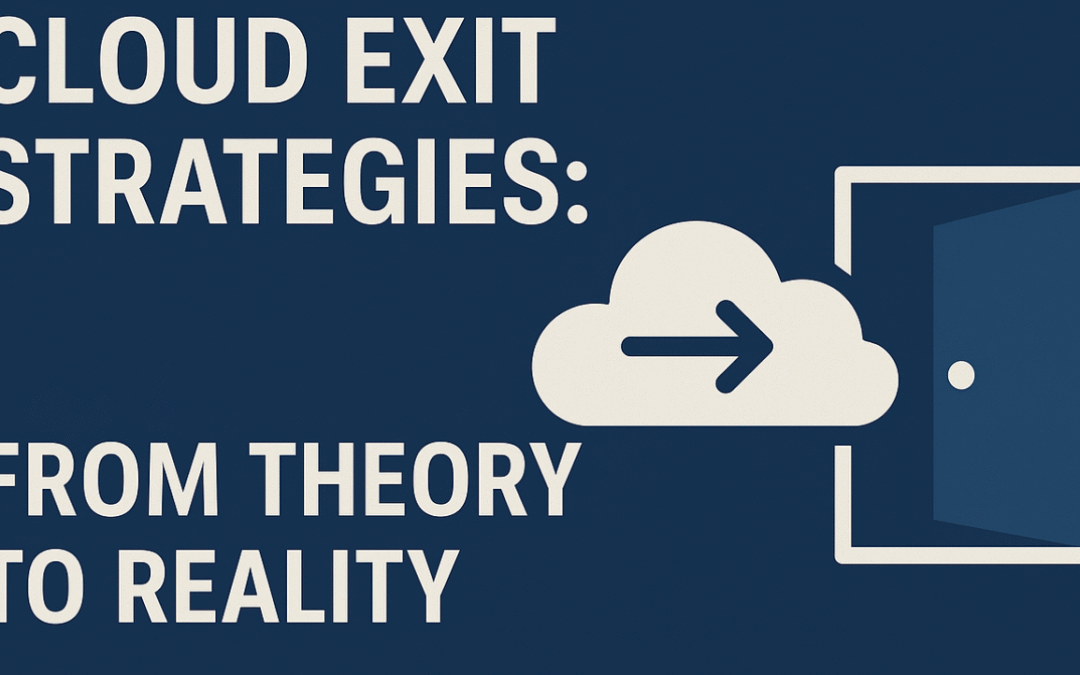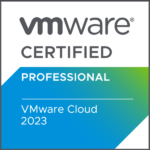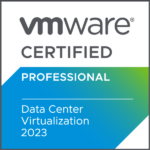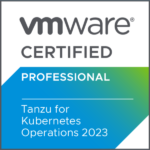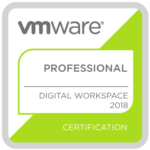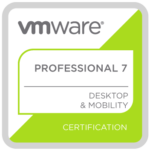For more than a decade, the industry has been focused on one direction. Yes, into the cloud. Migration projects, cloud-first strategies, and transformation initiatives all pointed the way toward a future where workloads would move out of data centers and into public platforms. Success was measured in adoption speed and the number of applications migrated. Very few people stopped to ask a more uncomfortable question: What if one day we needed to move out again?
This question, long treated as hypothetical, has now become a real consideration for many organizations. Cloud exit strategies, once discussed only at the margins of risk assessments, are entering boardroom conversations. They are no longer about distrust or resistance to cloud services, but about preparedness and strategic flexibility.
Part of the challenge is perception. In the early years, the cloud was often viewed as a one-way street. Once workloads were migrated, it was assumed they would stay there indefinitely. The benefits were obvious (agility, global reach, elastic scale, and a steady stream of innovation). Under such conditions, why would anyone think about leaving? But reality is rarely that simple. Over time, enterprises discovered that circumstances change. Costs, which in the beginning looked predictable, began to rise, especially for workloads that run continuously. Regulations evolved, sometimes requiring that data be handled differently or stored in new ways. Geopolitical factors entered the discussion, adding new dimensions of risk and dependency. What once felt like a permanent destination started to look more like another stop in a longer journey.
Exiting the cloud, however, is rarely straightforward. Workloads are not just applications; they are deeply tied to the data they use. Moving terabytes or petabytes across environments is slow, expensive, and operationally challenging. The same is true for integrations. Applications are connected to identity systems, monitoring frameworks, CI/CD pipelines, and third-party APIs. Each of these dependencies creates another anchor that makes relocation harder. Licensing and contracts add another layer of complexity, where the economics or even the legal terms of use can discourage or delay migration. And finally, there are the human and process elements. Teams adapt their ways of working to a given platform, build automation around its services, and shape their daily operations accordingly. Changing environments means changing habits, retraining staff, and, in some cases, restructuring teams.
Despite these obstacles, exit strategies are becoming more important. Rising costs are one reason, particularly for predictable workloads, where running them elsewhere might be more economical. Compliance and sovereignty requirements are another. New rules can suddenly make a deployment non-compliant, forcing organizations to rethink their choices. A third driver is the need for strategic flexibility. Many leaders want to ensure they are not overly dependent on a single provider or operating model. Having the ability to relocate workloads when circumstances demand it has become a necessity.
This is why exit strategies should be seen less as a technical exercise and more as a strategic discipline. The goal is not to duplicate everything or keep environments constantly synchronized, which would be wasteful and unrealistic. Instead, the goal is to maintain options. Options to repatriate workloads when economics dictate, options to move when compliance requires, and options to expand when innovation opportunities emerge. The best exit strategies are not documents that sit on a shelf. They are capabilities built into the way an enterprise designs, operates, and governs its IT landscape.
History in IT shows why this matters. Mainframes, proprietary UNIX systems and even some early virtualization platforms all created situations of deep dependency. At the time, those technologies delivered enormous value. But eventually, organizations needed to evolve and often found themselves constrained. The lesson is not to avoid new technologies, but to adopt them with foresight, knowing that change is inevitable. Exit strategies are part of that foresight.
Looking ahead, enterprises can prepare by building in certain principles. Workloads that are critical to the business should be designed with portability in mind, even if not every application needs that level of flexibility. Data should be separated from compute wherever possible, because data gravity is one of the biggest barriers to mobility. And governance should be consistent across environments, so that compliance, security, and cost management follow workloads rather than being tied to a single location. These principles do not mean abandoning the cloud or holding it at arm’s length. On the contrary, they make the cloud more sustainable as a strategic choice.
Cloud services will continue to play a central role in modern IT. The benefits are well understood, and the pace of innovation will ensure that they remain attractive. But adaptability has become just as important as adoption. Having an exit strategy is not a sign of mistrust. It is a recognition that circumstances can change, and that organizations should be prepared. In the end, the key question is no longer only how fast you can move into the cloud, but also how easily you can move out again if you ever need to. And this includes the private cloud as well.

